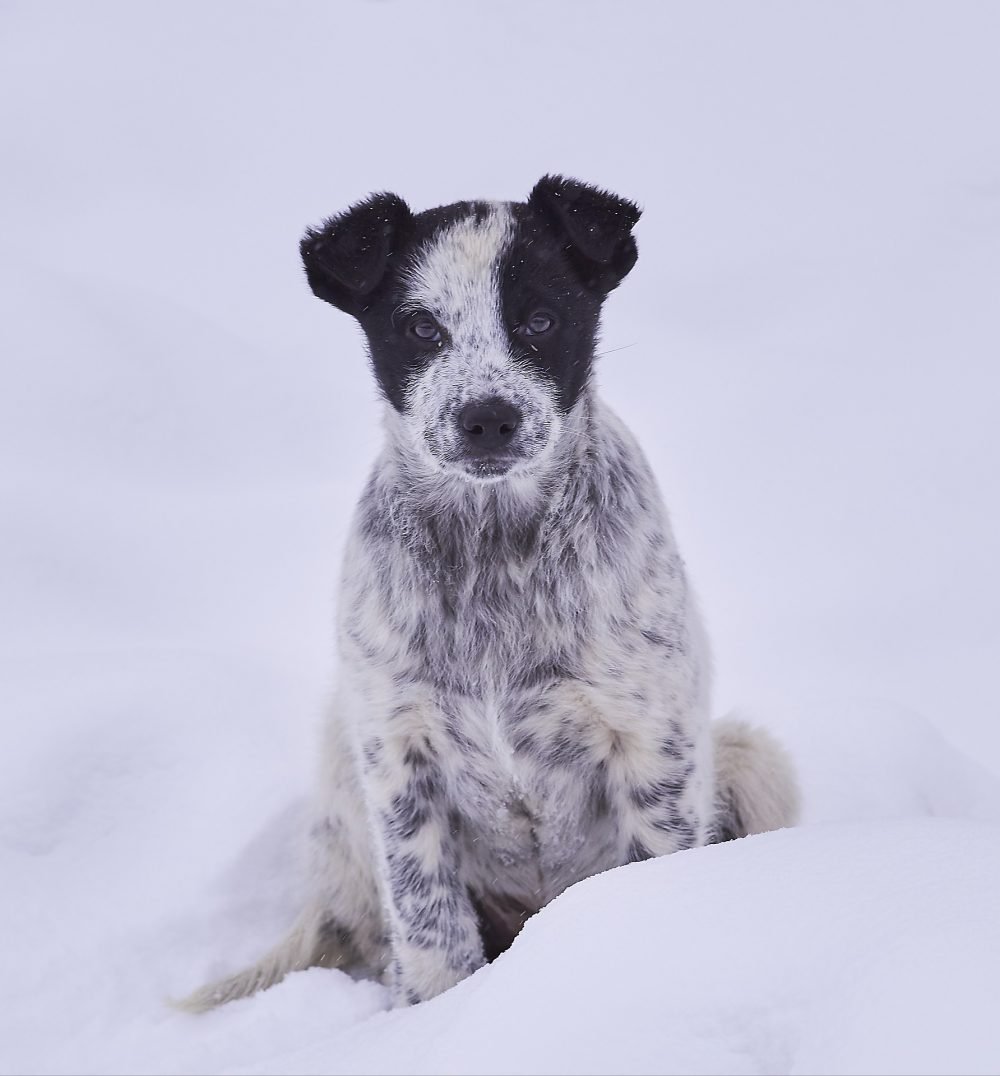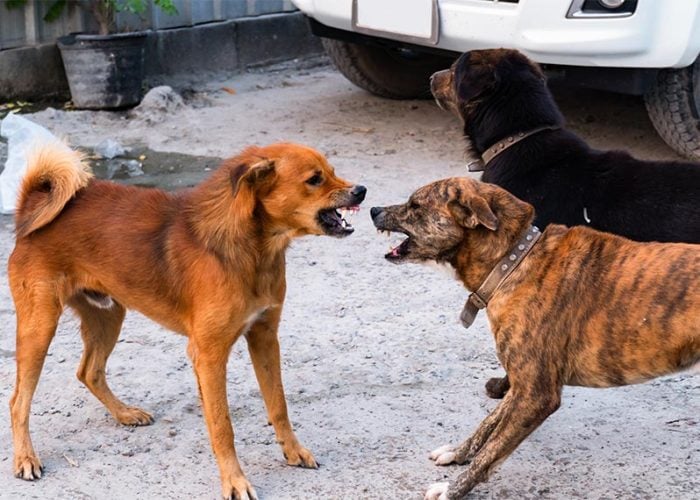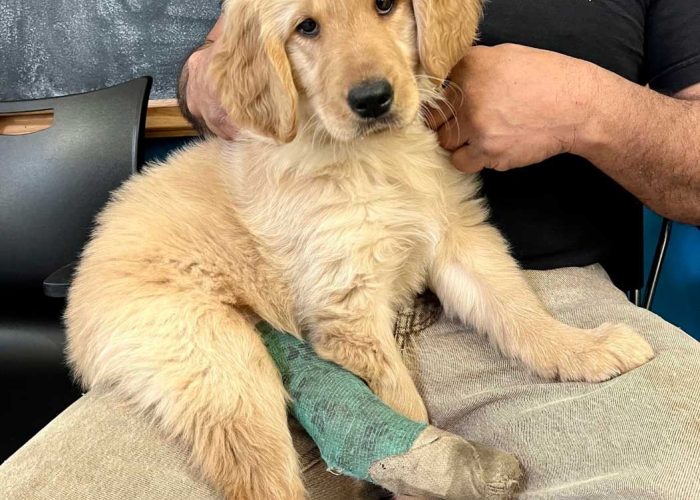It always happens this way.
You’re enjoying a great 70 degree weekend and then – BOOM – it’s dark at 5:00 and the weather turns harsh in a snap.
Let’s be honest here. It’s not fun for humans or animals. Unless, of course, your dog or cat is a breed that originated in a colder climate. Think St. Bernard dogs or Siberian cats. Still, who doesn’t love the warm glow of a fire and the attendant warmth when it’s yucky outside, which it’s about to be.
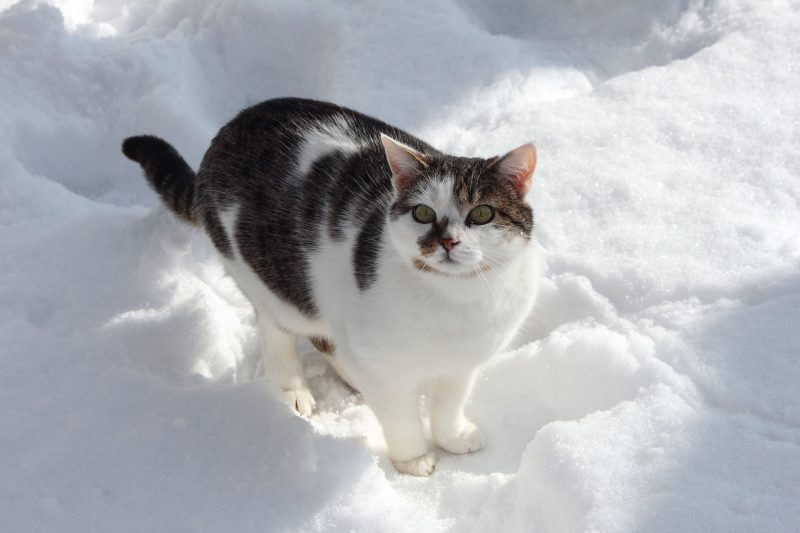
Here are some top tips for keeping your pets warm, happy and healthy this winter:
- Antifreeze is bad: To pets, antifreeze has a slightly sweet taste. The problem is, it’s also deadly. If you spill some getting your car topped off for the winter, make sure to get it washed away quickly. Even if your pet can’t get to it, someone else’s might. Or a feral cat/stray dog could.
- Wash after the walk: Modern road treatments like salt and magnesium chloride are hard on paws. If you take your dog for a walk after the streets have been treated, wash those paws the moment you get home. That way they won’t lick their paws and get sick.
- Know your pet’s limits: If you let your pet out during cold, it’s good to know how much time outside they can handle. For instance, if you have a short-haired dog like a pitbull, just a few minutes in unprotected weather below freezing is about all you should expect. On the other hand, if you have a husky, they’ll be able to be out longer. A good rule of thumb is this: if it’s too cold for you, it can be too cold for them. If it’s below 32, a good rule of thumb is for them to be out just long enough to do their business and that’s it.
- Fewer baths, more humidity: If you wash your pet regularly, don’t do so as often in the winter. It will dry out their skin much more than during the warmer, more humid months. It’s also nice to have a humidifier in your home. It’ll help you and your pet stay more comfortable.
- Add a bit more food: The cold creates demands on your pet that require more calories. Up your pets food just a bit to give them enough calories to generate heat.
- Light it up: If you walk with your pet in the dark winter months, put a blinky collar or light on them and a safety vest on yourself. That way people will see you easier when you’re out on the streets when it’s dark.
- Check under the hood: Either neighborhood cats or your own might seek heat from your car during the cold. Give your car a rap or two with your open hand before you get in to scare away any felines who were searching for a warm place to shelter.
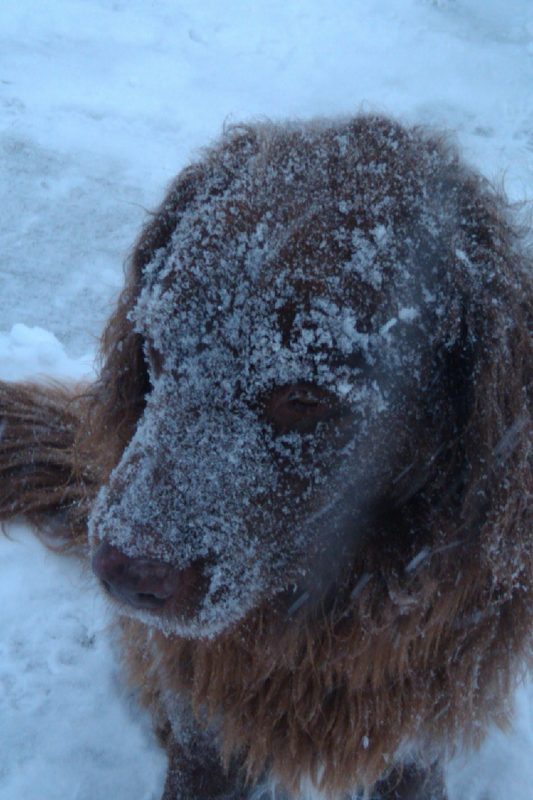
Help ‘Em Out
If you encounter a pet who is being left out in the cold, call your local animal control department and let them know. It could save a life
